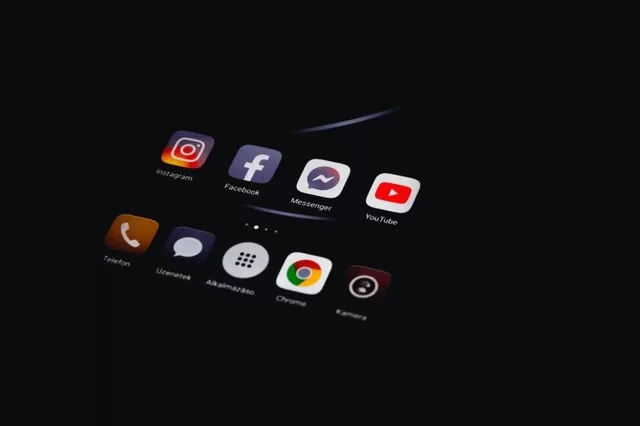Consuming news and media content is something most people do on a daily basis, whether it is a morning newspaper, social media app notifications, breaking news on your laptop, a billboard on the transit system, or television and radio throughout the day. News is ubiquitous and the media is hard to escape. On the flip side, many of us love the fact that news and media are permanently accessible, constantly updating, and available on the go. From smartphones to smartwatches, laptops to tablets, we can access the news whenever we want, wherever we want, and for whatever reasons we may need to.
With all this said, it leads to a somewhat obvious line of inquiry: if we are constantly and consistently exposed, either through choice, circumstance, or even subliminally in some cases to news and the media, how does this affect us? From making niche topics, pastimes, and online activities mainstream to engaging our attention through clever advertising content and techniques, we cannot deny that news and media affect us to varying degrees.
When we examine how news and media platforms are so successful in reaching billions around the world, there are many clear examples of the power they wield and the success of their content, output, broadcasts, social media posts and more.
It has also done a huge amount to bring niche trends into the mainstream and increase our awareness of online activities that we might enjoy. Whether you’re following the latest TikTok influencers in Japan, checking out breaking news apps, joining a guild in an online game, exploring online casino Canada businesses, or something else, your actions are likely influenced by the media you have been exposed to. So, how does this translate to actually affecting our online behavior, what we look at, and how, when, where, and why we do what we do in the virtual world?
News And Notifications: Driving Online Activity, Shaping Trends
Anyone who owns a desktop, laptop, tablet, smartphone, smartwatch or online connected device knows the frequency and unrelenting nature of news updates and digital notifications. Most of the digitally literate among us have several of the aforementioned devices, making us connected around the clock. With this comes news, notifications, advertisements, banners, pop-up content, static content, and a range of material that often bombards us day and night.
Much of the marketing from companies, corporations, news networks, and social media giants is designed to shape the next trend and drive our online activity. X, formerly known as Twitter, is a classic example of how notifications inform us, having helped shape the latest online news trending stories, people, or subjects. What is “trending” on X is a fairly good barometer of the news stories that have been shaping public interest and online comment. Subsequently, this encourages other people to look at what is trending, further perpetuating the prominence of the topic.
This kind of powerful online content and influential social media news output is a clear indication of how news and notifications can drive online activity and shape trends across the digital world. Of course, not everyone is interested in what may be trending, but the very fact that trending exists as an online concept showcases that behavior is being shaped and influenced, at least partially, by what we see on digital news platforms and across social media apps and websites.
Social Media Influencers Continue To Shape Generation Z Behaviors
Generation Z, the newest generation, has been brought up with online news, the online media, and the online world in general. It is a native tool for them, something that has always been around. As one would expect, this is a generation that uses social media and online platforms for many things, both social and professional. Part of this online world is the interest in the so-called “social media influencers.” With regard to the younger generation, these figures can be powerful, often shaping both online and offline behavior.
This influence can come in many forms, from promoting products to endorsing the work of a particular artist, supporting one cause or another, or showcasing fashion trends and styles. For many of the most prominent social influencers, their presence on TikTok is especially lucrative and their content particularly persuasive. For many companies, these social media influencers are the most commercially successful form of marketing or advertising.
For some social media stars, however, their influence is more personal, not beholden to or sponsored by any overseeing entity. As Generation Z becomes even more savvy with the ever-evolving social media landscape, social media influencers will continue to serve as genuine digital power brokers. Is it true to say that all people are influenced by the news, media, or social media? Perhaps not, but even if it is subliminal or subtle, direct or indirect, it would be hard to suggest that anyone exposed to it is fully immune.

